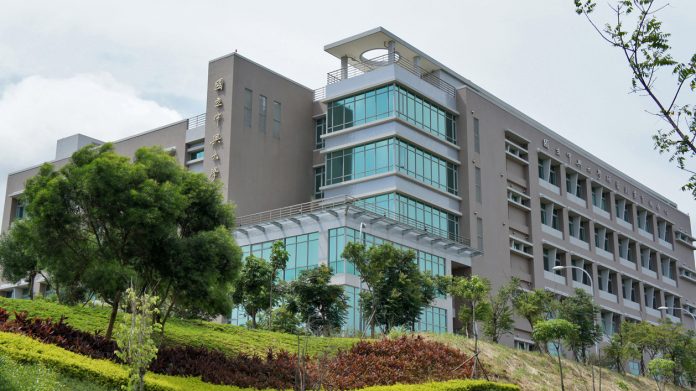Scientists from Taiwan’s National Chung Hsing University claim to have developed a semiconductor nanoparticle-sensitized solar cell (NSSC) with an efficiency of more than 8%.
Such a figure would make the device one of the best performing NSSCs, said its developers, compared to typical efficiency levels of 2-3%.
The cell is described in the paper Band gap engineered ternary semiconductor PbxCd1−xS: Nanoparticle-sensitized solar cells with an efficiency of 8.5% under 1% sun—A combined theoretical and experimental study, published in Progress in Photovoltaics.
Adding semiconductor nanoparticles
The researchers said NSSCs have the same basic design as dye-sensitized equivalents except that a layer of semiconductor nanoparticles is coated over a mesoporous titanium oxide (TiO2) electrode. “The employment of semiconductor NP [nanoparticle] sensitizers has the advantages of tunable band gap due to the quantum size effect, large optical absorption coefficient and multiple electron-hole pair generation by a single photon,” wrote the Taiwan researchers in their paper.
The new cell is based on a ternary metal sulfide-alloyed semiconductor called PbxCd1−xS and was prepared with the Silar method, a chemical process used to make uniform, large area thin films and which is based on immersion of the substrate into separately placed cations and anions. High-cost material Spiro-OMeTAD was used for the hole transport material.
Better with less light intensity
Under 1 sun, the cell reportedly reached an efficiency of only 3.67% but the figure increased under reduced light intensity, said the Chung Hsing team. The device reportedly offered 5.93% efficiency under 0.1 suns and 8.48% under 0.01 suns. “The remarkable improvement in power conversion efficiency (PCE) and fill factor (FF) is attributed to the reduction in carrier recombination at low light intensities,” the researchers said.
The developers claim the incorporation of the ternary metal sulfide-alloyed semiconductor into the cadmium sulfide compound embedded in the cell, increased the device’s light-harvesting range from 500 to 720nm.
“Higher performance is expected with improved NP growth and passivation treatments to reduce carrier recombination,” the scientists added.






